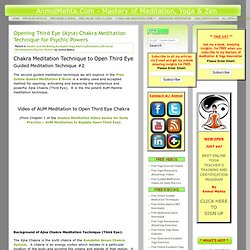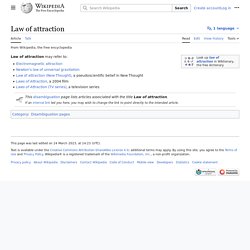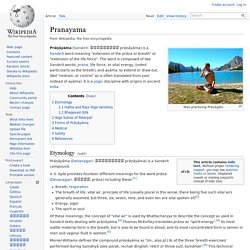

Opening Third Eye (Ajna) Chakra Meditation Technique for Psychic Powers. EmailShare Guided Meditation Technique #2 The second guided meditation technique we will explore in the Free Online Guided Meditation E-Book is a widely used and accepted method for opening, activating and balancing the mysterious and powerful Ajna Chakra (Third Eye).

It is the the potent AUM Mantra meditation technique. Video of AUM Meditation to Open Third Eye Chakra (From Chapter 1 of the Guided Meditation Video Series for Daily Practice:- AUM Meditation to Rapidly Open Third Eye) Background of Ajna Chakra Meditation Technique (Third Eye): The Ajna Chakra is the sixth chakra of the Kundalini Seven Chakra System. The Ajna Chakra (or Third Eye) eye lies at the very top of spine in the medulla oblongata. Chakra Meditation means to activate and balance a particular chakra, thus improving the functioning of everything in that particular region as well as refining the associated personality traits and characteristics. Ajna Chakra literally mean “To Command”. Primary Benefits: Secondary Benefits: Free Guided Meditation Techniques, Chakra Kundalini Yoga & Zen.
Law of Attraction. The law of attraction is the name given to the belief that "like attracts like" and that by focusing on positive or negative thoughts, one can bring about positive or negative results.[1][2][3][4] This belief is based upon the idea that people and their thoughts are both made from "pure energy", and the belief that like energy attracts like energy.[5] One example used by a proponent of the law of attraction is that if a person opened an envelope expecting to see a bill, then the law of attraction would "confirm" those thoughts and contain a bill when opened.

A person who decided to instead expect a cheque might, under the same law, find a cheque instead of a bill.[6] Although there are some cases where positive or negative attitudes can produce corresponding results (principally the placebo and nocebo effects), there is no scientific basis to the law of attraction.[7] History[edit] The book The Science of Getting Rich by Wallace D. Napoleon Hill published two books on the theme.
Pranayama. Prāṇāyāma (Sanskrit: प्राणायाम prāṇāyāma) is a Sanskrit word meaning "extension of the prāṇa or breath" or "extension of the life force".

The word is composed of two Sanskrit words: prana, life force, or vital energy, (noted particularly as the breath), and ayāma, to extend or draw out. (Not "restrain, or control" as is often translated from yam instead of ayāma). It is a yogic discipline with origins in ancient India. Etymology[edit] Prāṇāyāma (Devanagari: प्राणायाम prāṇāyāma) is a Sanskrit compound. V. Breath, respirationThe breath of life, vital air, principle of life (usually plural in this sense, there being five such vital airs generally assumed, but three, six, seven, nine, and even ten are also spoken of)[2]Energy, vigorThe spirit or soul Monier-Williams defines the compound prāṇāyāma as "(m., also pl.)
Macdonell gives the etymology as prāṇa + āyāma and defines it as "m. suspension of breath (sts. pl.) ".[8] Hatha and Raja Yoga Varieties[edit] Bhagavad Gītā[edit] Medical[edit]